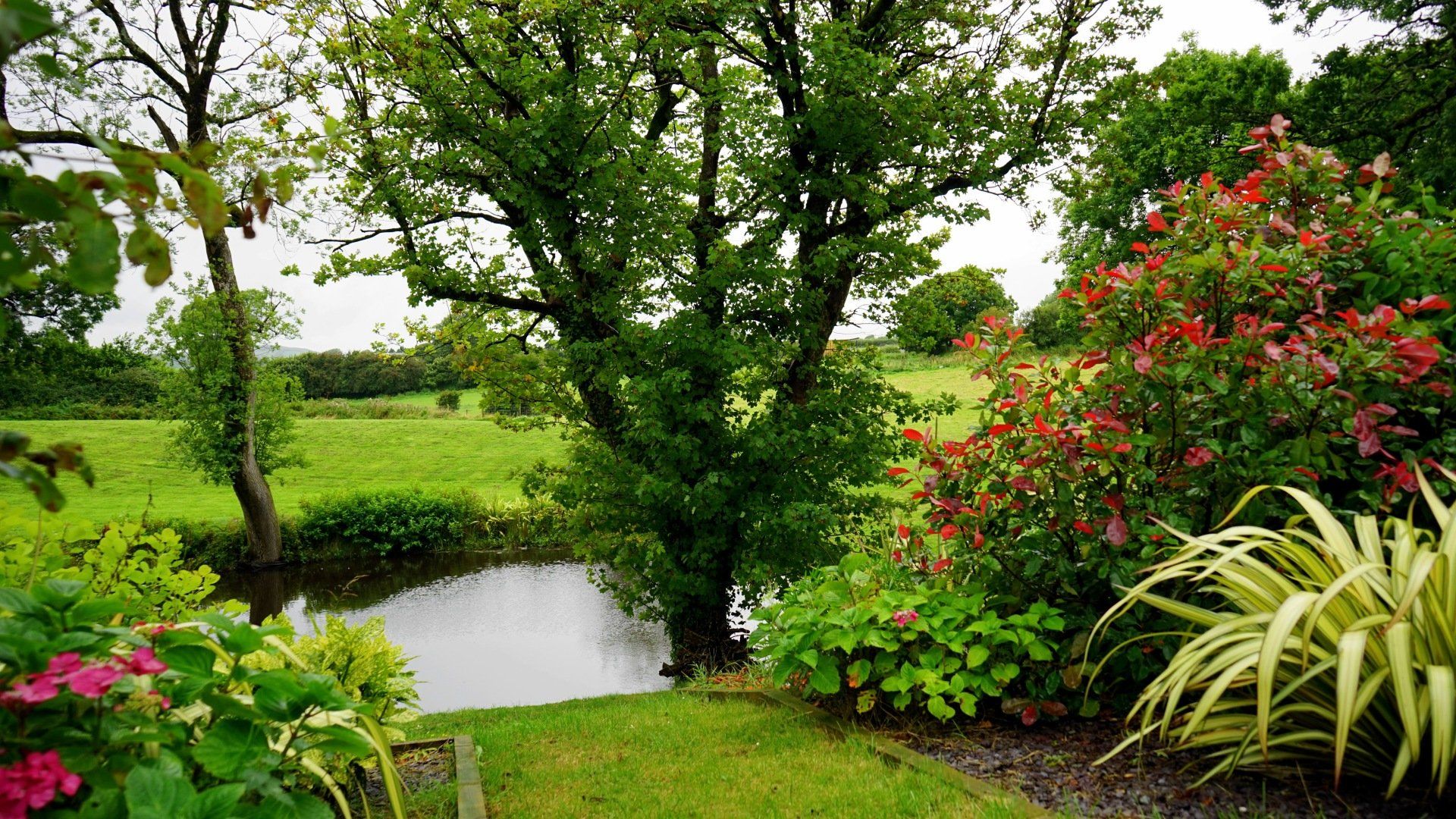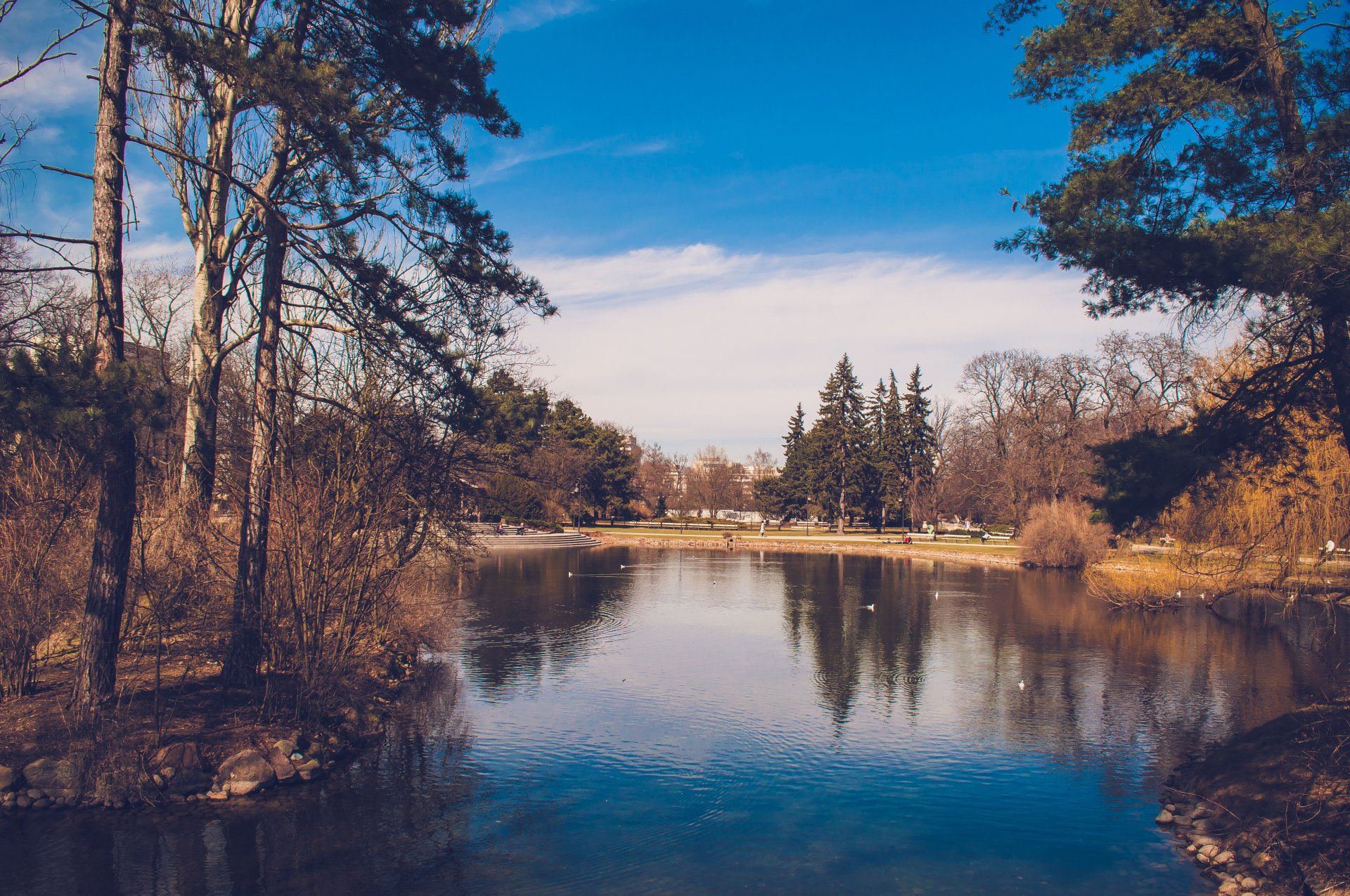REQUEST A QUOTE
Address: 11721 Southwest Highway Palos Heights, IL 60463, United States
Phone: +1 708-586-2393
E-mail: info@laughingwatersinc.com
Business Hours:
Mon-Fri: 8:00 AM– 5:00 PM
Sat-Sun: Closed
Blog
Serving Residential, Commercial & Municipal Properties Around the World
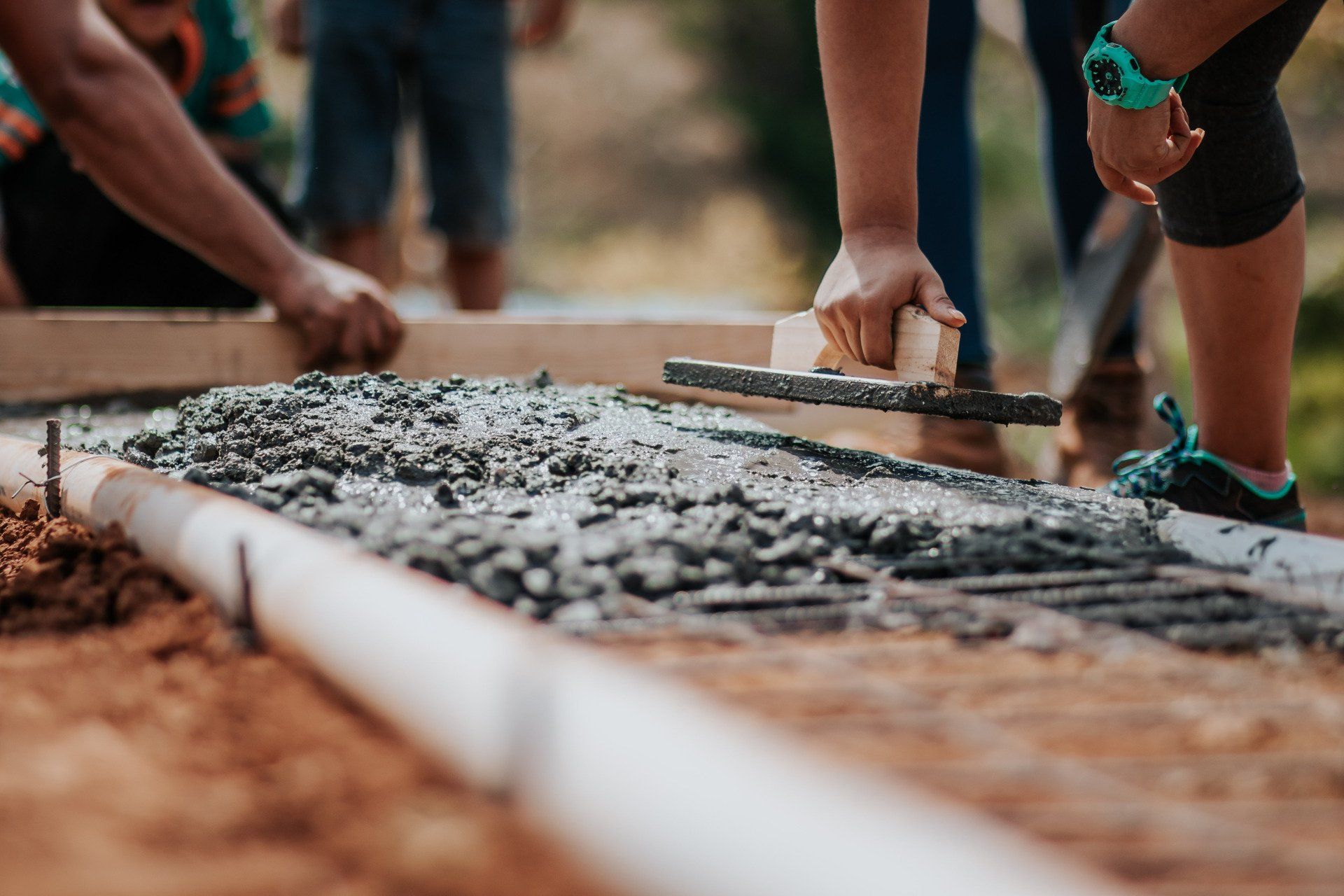
26 Jan, 2022
There are few sites in this world more mesmerizing than a masterfully crafted fountain. Onlookers are immediately taken in by its display of light, color, and perfectly designed aquatic movement. What most viewers of these beautiful structures forget to take into consideration is how complex these water features are to function. Since every fountain is unique, each mechanical setup is custom designed and engineered for each specific project. Most large-scale fountains operate with custom mechanical equipment located either in a mechanical room or in a subterranean vault. Underground or Subterranean vaults save valuable square footage in more expensive real estate locations where a separate above-ground pump room or building may not fit. These subterranean vaults are constructed and whenever possible pre-plumbed with everything needed to operate a fully functioning water feature, including Controls, filtration systems, pumps and a tangled web of intricate plumbing. Subterranean vaults are also perfect for parks and more remote outdoor areas where buildings or structures impede the water feature’s environment. Mechanical rooms for fountains are convenient when the feature is within the building limits. Building Engineers and fountain technicians can easily access all of the fountain equipment for service. These mechanical rooms tend to be common in office buildings or larger campuses and are especially advantageous in colder environments where temperatures can fluctuate.
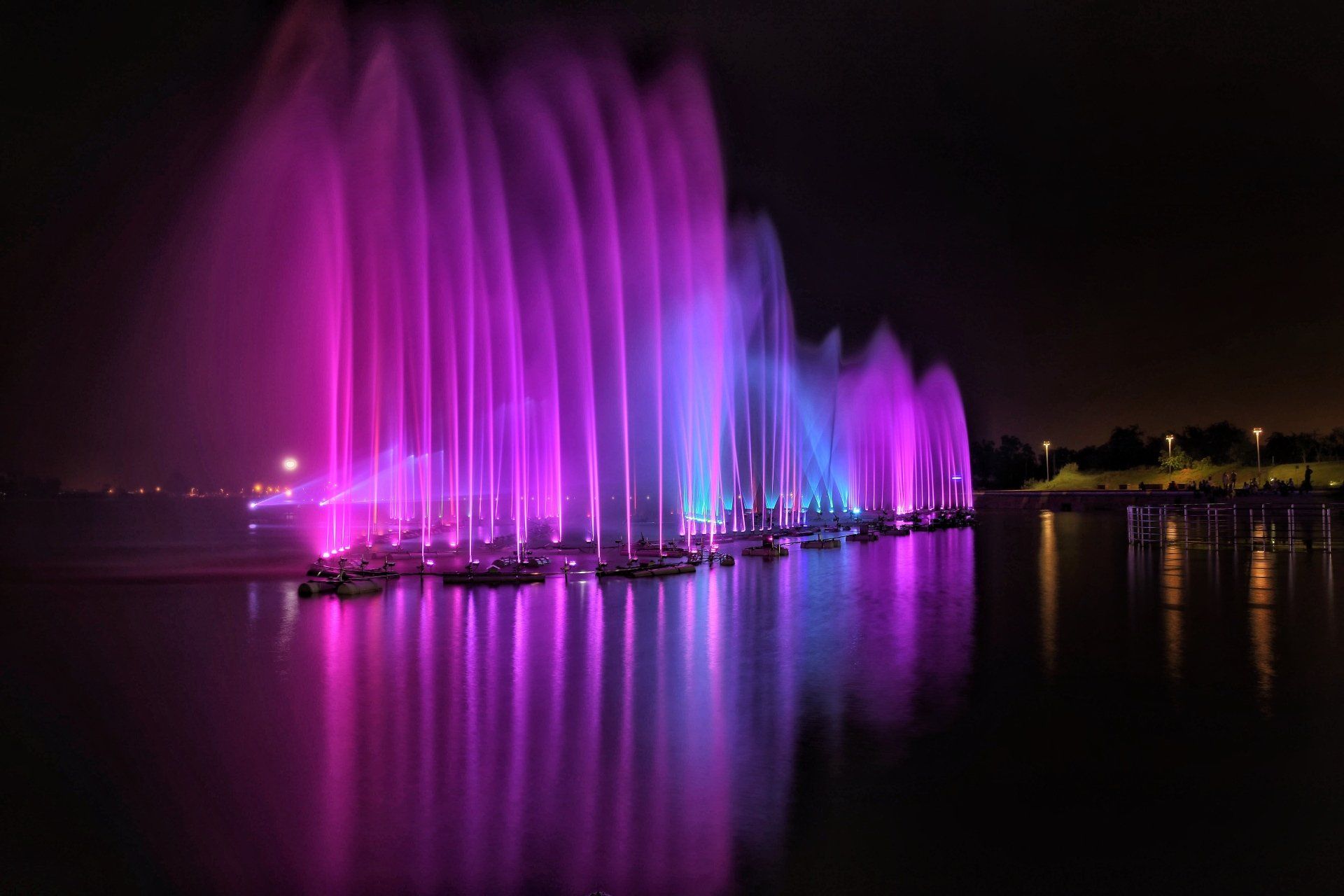
26 Jan, 2022
Each and every night, thousands of fountains all over the world light up, illuminating their majestic surroundings into a dreamy elegance. They encapsulate their onlookers with a magical wonder that creates a feeling all its own. It lets the designer highlight subtle nuances of the landscape, creating mystery while maintaining safety and comfort. Fountain lighting technology has improved leaps and bounds over the last decade, making room for an even more cinematic and eye-catching display. Designing proper lighting around a water feature allows its viewers to take advantage of its beauty even after the sunsets. Let’s bask in the glow of Fountain Lighting with some helpful tips and tricks for multiple applications. One of the key elements of lighting water is maintaining a brightness level consistent with the light of its surrounding environment. Indoor water features need to be lit with equal or higher brightness levels for optimal visibility in the setting. When lighting multiple focal points, the light should generally range in brightness within a 3:1 to 5:1 ratio with the main feature at no more than a 10:1 brightness relationship. It is essential to vary your brightness scale of more significant landscapes to accentuate more focal features as well as provide fill light to larger structures.
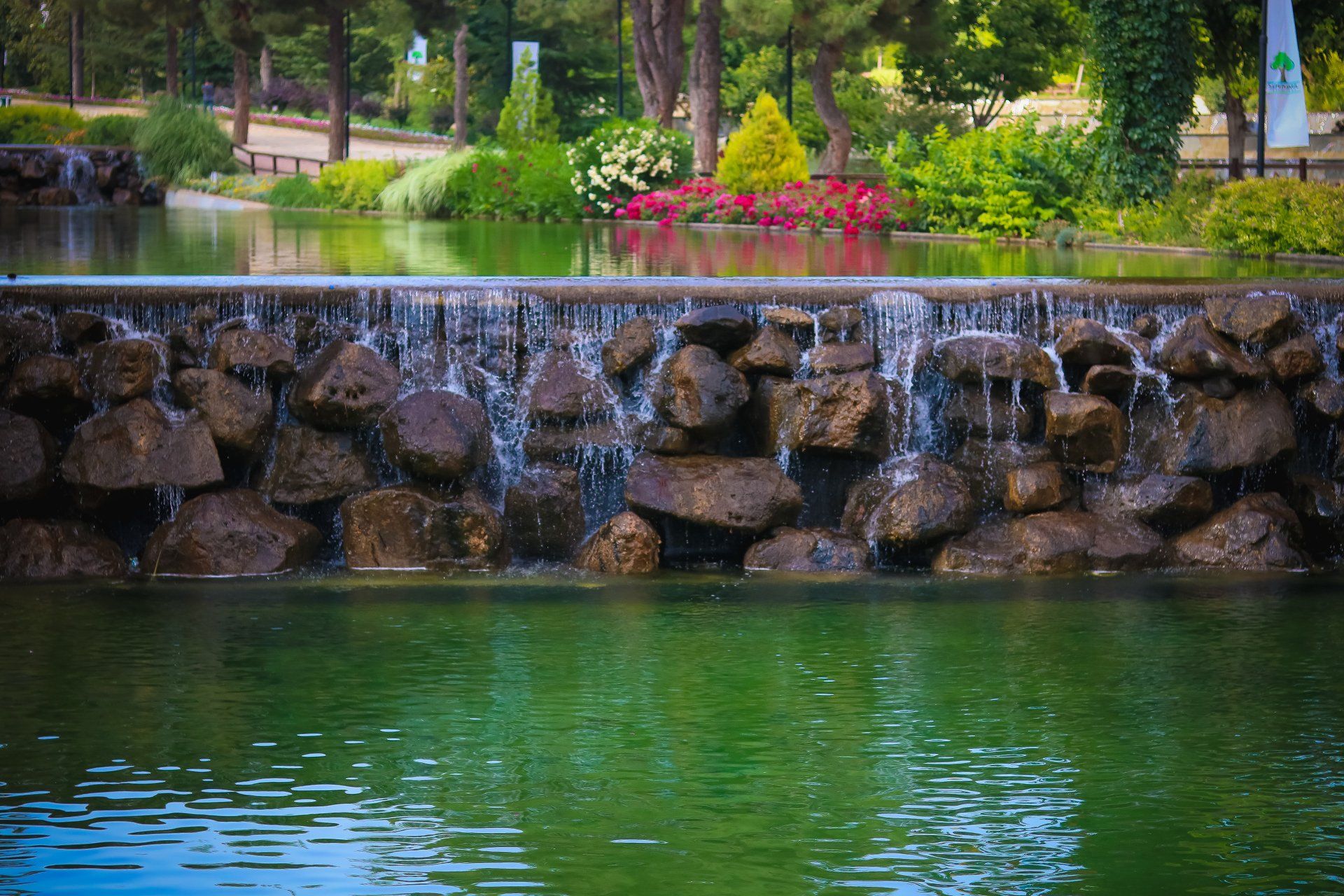
26 Jan, 2022
Maine’s Mount Desert Island’s Northeast Harbor holds a hidden Gem. When world famous landscape gardener Beatrix Farrand dismantled Reef Point Estate due to financial issues, Inn Keeper and Renaissance Man Charles Savage stepped in to rescue Farrand’s beloved Azalea collection, with financial help of John D. Rockefeller, and incorporated it into one of America’s premier water gardens.
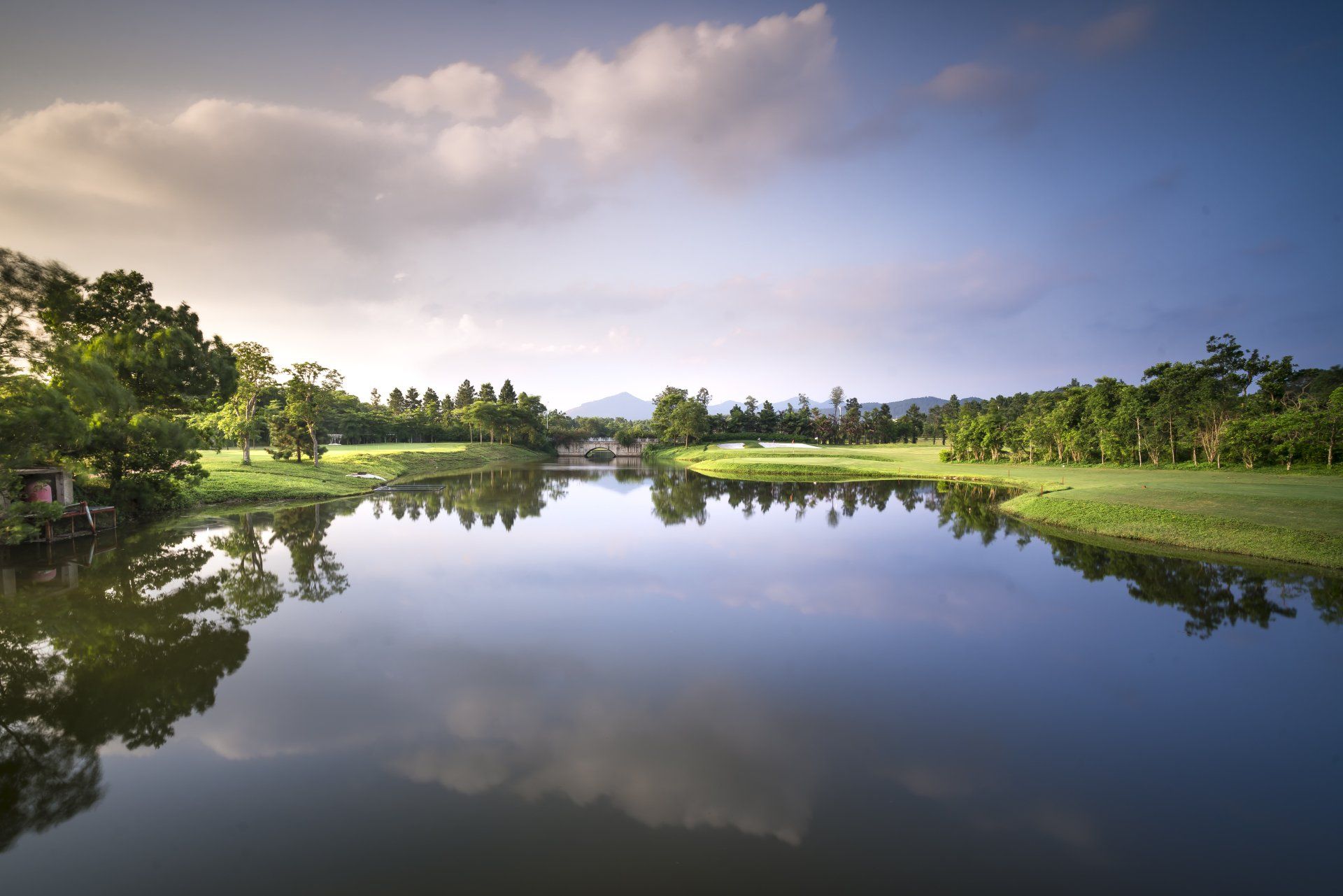
26 Jan, 2022
Whether you are a Chicagoan born and raised, new to the city, or just visiting, the Park possibilities are vast, unique, and engaging to all. In a city of neighborhoods, each one brings a feel and flavor all its own. While it wouldn’t be impossible to see water features from all over the city in one day, you can expect a bit of exhaustion by the end and not have even scratched the surface. Let’s start our crawl up north by the lake and head west from there. As one of the most attractive features of Chicago, Lake Michigan boasts breathtaking views, beautiful beaches, and so many parks! Alfred Caldwell Lilly Pond There is a strange and tranquil feeling when you step through the gates of this park. The silence is only broken by the singing of birds above the calm babel of waterfalls. Designed to mimic a flowing stream winding through the great plains of The Midwest, landscape architect Alfred Caldwell wanted to give its viewers a secret garden right in the middle of the city. And of course, the lily pond. Originally built in 1889 as a section of a Victorian garden, it displayed lilies and other tropical aquatic plant life along with diverse native foliage, making it a prairie oasis in Lincoln Park. Falling into near disrepair over the years before being revitalized in 2001 by the Chicago Park District, the lily pond has been brought back to life and is the habitat for many plants and animals. Visitors stroll around the ponds stone walkway as a variety of butterflies float through the dewy air while dragonflies zip along the edge of the pond.
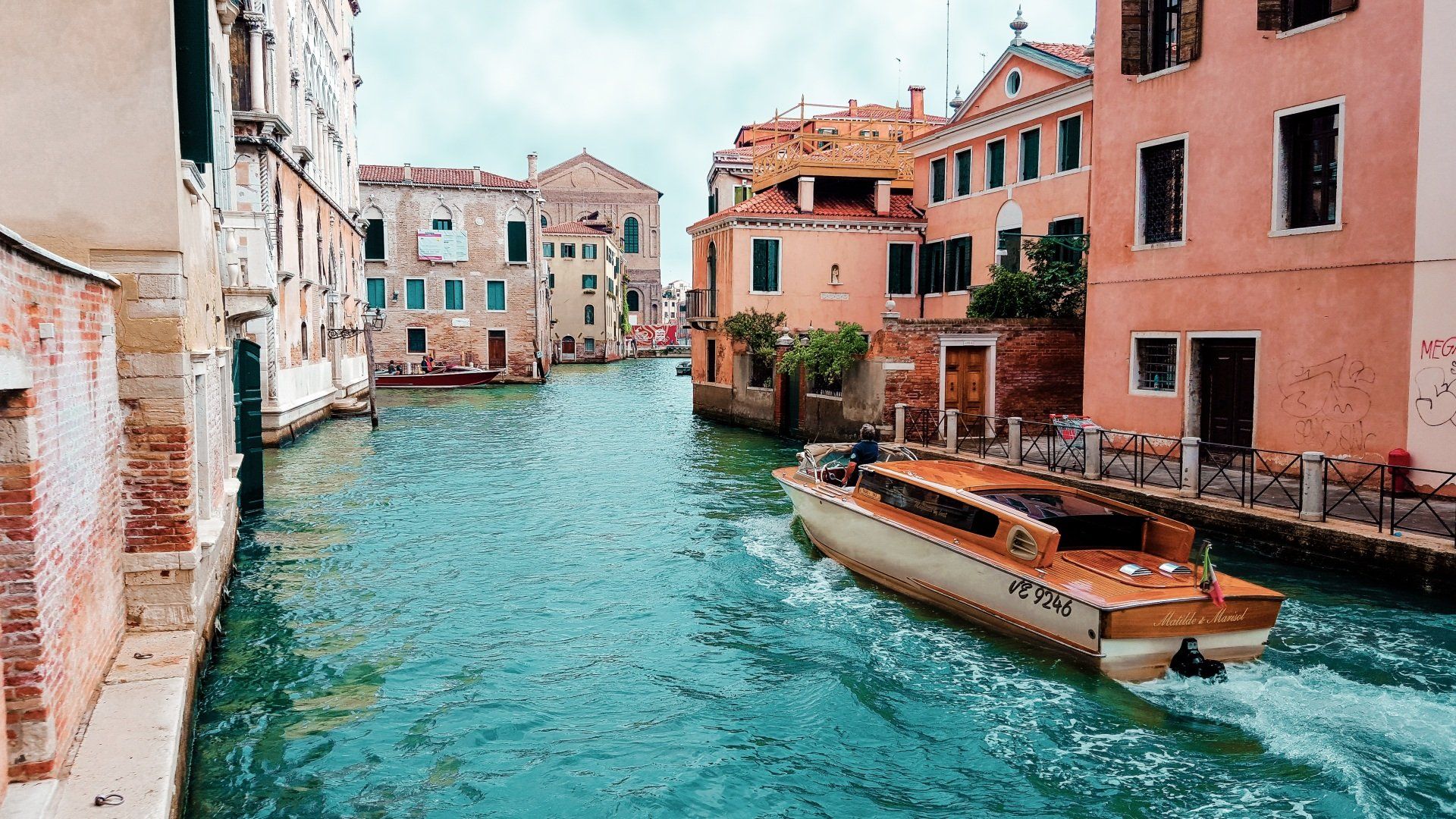
26 Jan, 2022
Laughing Waters may be one of the top water feature companies of the century, but what about other centuries? Particularly, Ancient centuries! Fountains have been used for thousands of years, dating back to Sumerian cultures in 2000 b.c. From the Romans to Ancient Persia, fountains not only provided décor and beauty but function for everyday life. How did these civilizations use and construct these helpful and handsome structures without the control of modern mechanical systems? Aqueducts! As early as Ancient Greece, aqueducts were used to move and utilize water to distribute throughout towns and cities. Canals were constructed, which allowed water to flow into areas where it could not be transported easily directly. Gravity, the world’s natural water pump, was vital. Water sources often started from mountain streams and rerouted, traveling to constructed cisterns and display fountains. Much like modern water towers, height allows water to pressurize and flow down into the cistern, then to homes or public fountains. These fountains were the cities’ primary sources for water and cultural waypoints making ancient life easier and helped beautify town centers.
Qualifications Statement
Talk To Us
Contact Us
Thank you for contacting us.
We will get back to you as soon as possible.
We will get back to you as soon as possible.
Oops, there was an error sending your message.
Please try again later.
Please try again later.
OUR ADDRESS
11721 Southwest Highway
Palos Heights, IL 60463, United States
OUR CONTACT
Phone: +1 708-586-2393
E-mail:
info@laughingwatersinc.com
WORKING HOURS
Mon-Fri: 8:00 AM– 5:00 PM
Sat-Sun: Closed
Copyright ©2022 Laughing Waters | All Rights Reserved | Created by Olive + Ash. Managed by Olive Street Design.


